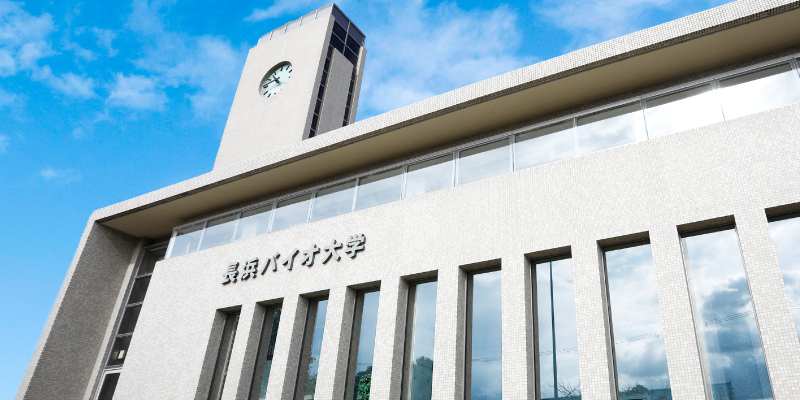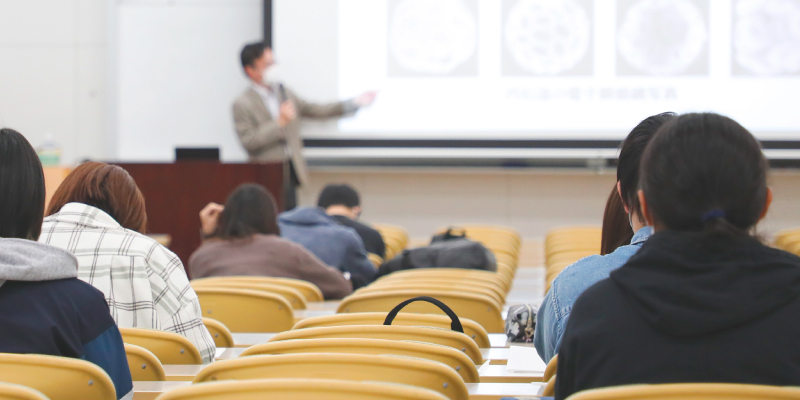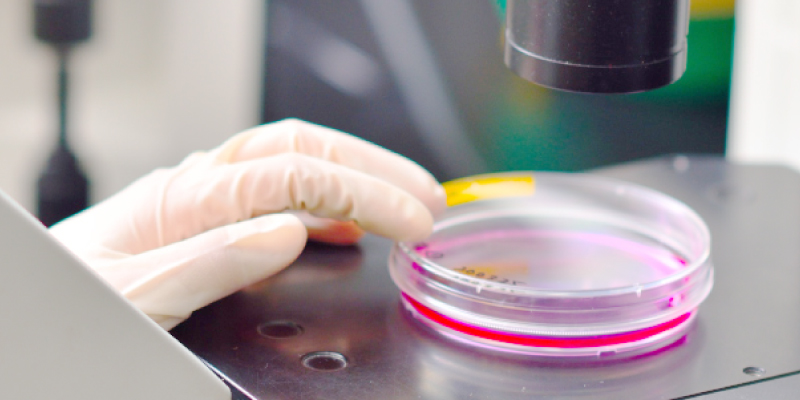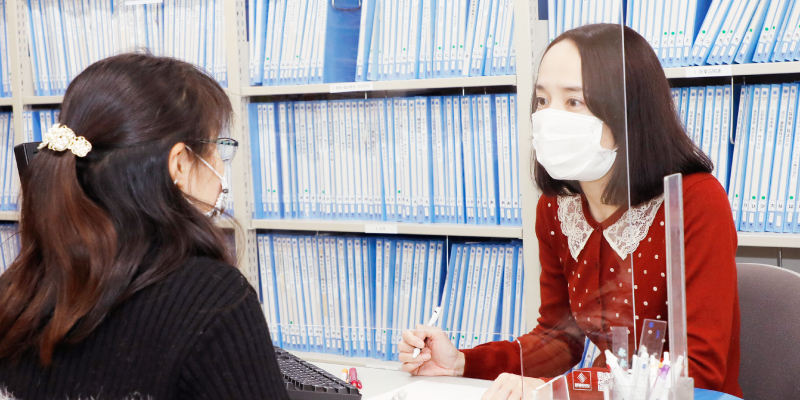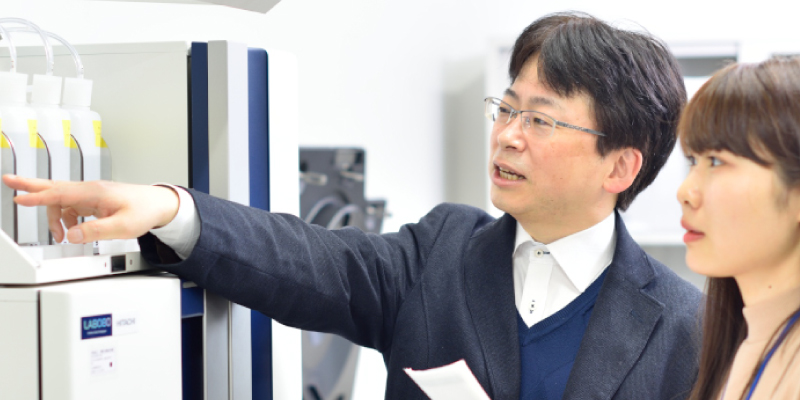メディカルバイオサイエンス学科
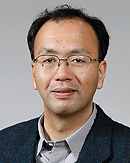 川瀬 雅也(かわせ・まさや)
川瀬 雅也(かわせ・まさや)
Masaya Kawase
専門分野/物性論、ケモインフォマティックス研究キーワード/QSAR、統計解析
職位:教授
学位:工学博士(京都大学)
- 香川大学教育学部助教授、香川大学農学部助教授、大阪大学大学院薬学研究科助教授などを歴任し現在に至る。
研究テーマ
- 固体物性の理論的解析
- ケモインフォマティックス
1.固体物性の理論的解析
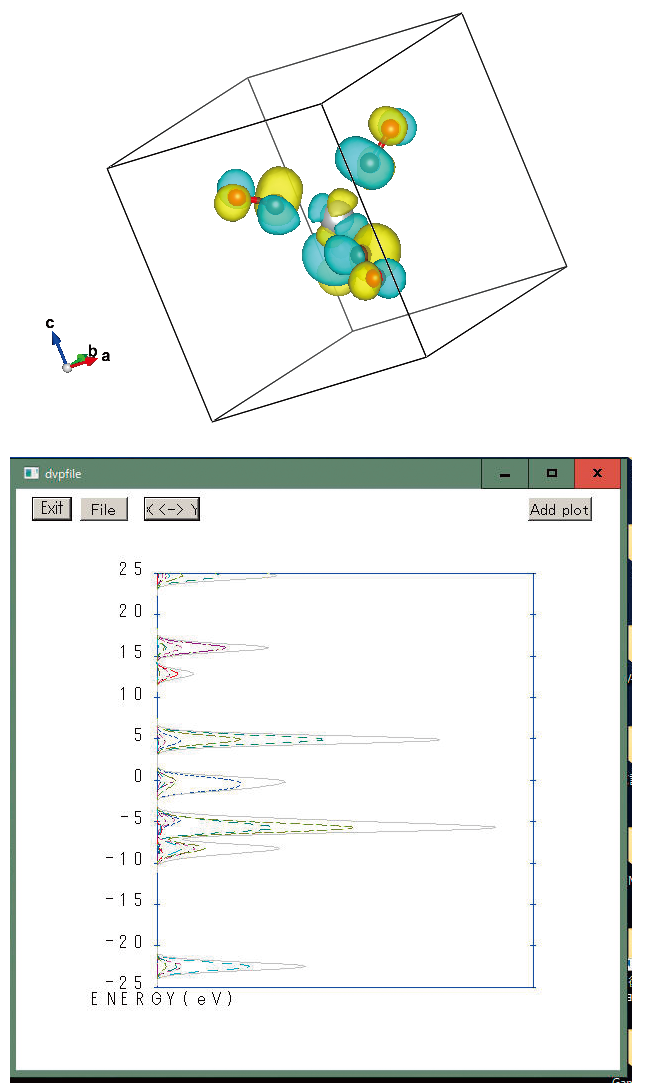
固体の電子状態を量子化学的に解析することにより、物性の現れる原因を探ることを目的としている。また、新たな材料開発のヒントを得ることが出来ると考えている。右の図(上)は、Ni(CO)4 錯体のHOMO軌道の電子密度である。このような計算を様々な物質について行っている。右の図(下)は、上の錯体の状態密度を表している。電子物性を考えるときに、必要なデータである。
2.ケモインフォマティックス
多変量解析、機械学習などの手法を用いて、化学物質の構造と機能の関係を数式化する研究を行っている。
| 研究の応用領域 | 産官学連携で求めるパートナー |
|---|---|
| 物性研究、創薬、情報化学 |
Topics of research
Mathematical and statistical approaches are employed in my studies to clarify the properties of chemical compounds. The main topics of them are follows.
(1) Quantum chemical calculation of solid state properties
For the evaluation of the properties of solids, it is essential to analyze the electronic state. Analysis of electronic state is performed by quantum chemical method. The main calculation method used is the DV-Xa method.
(2) Chemoinfomatics
In this study, novel structural descriptors of chemical structures are developed by using graph theory and other geometric methods. These descriptors are used in describing quantitative structure-activity relationship.
主な業績論文等
- Kato, T., Janik, M, Kanda, R., Ishikawa, T., Kawase, M., and Kawamoto, T., Measurement of radon in air using a radon-218Po calibration curve determined by an absorption non-volatile liquid scintillator Radiat. Meas., 95, 25-30 (2016).
- Asano, M., Sakaguchi, M., Tanaka, S., Kashimura, K., Mitani, T., Kawase, M., Matsumura, H., Yamaguchi, T., Fujita, Y., and Tabuse, K., Effects of Normothermic Conditioned Microwave Irradiation on Cultured Cells Using an Irradiation System with Semiconductor Oscillator and Thermoregulatory Applicator Sci. Rep., 7, article number 41244 (2017).
- Ikeda, M., Ueda-Wakagi, M., Hayashibara, K., Kitano, R., Kawase, M., Kaihatsu, K., Kato, N., Suhara, Y., Osakabe,N., and Ashida, H., The C-3 position of catechins influence on the binding affinities with serum albumin by interacting with the surface of serum albumin Molecules, 22, 314; doi:10.3390 (2017).

